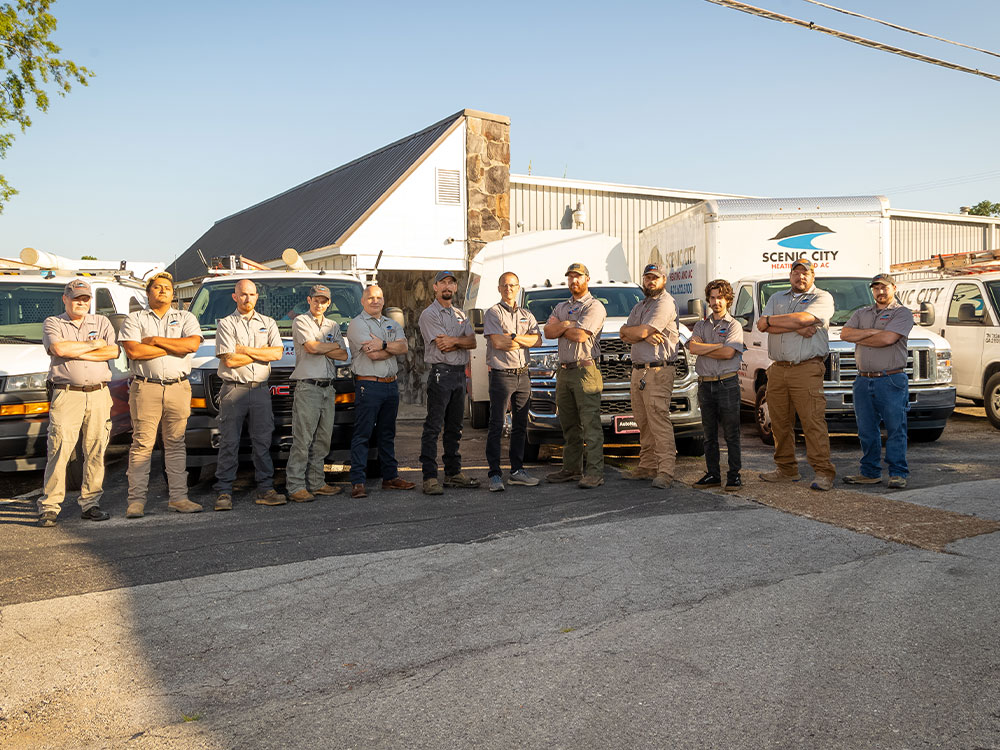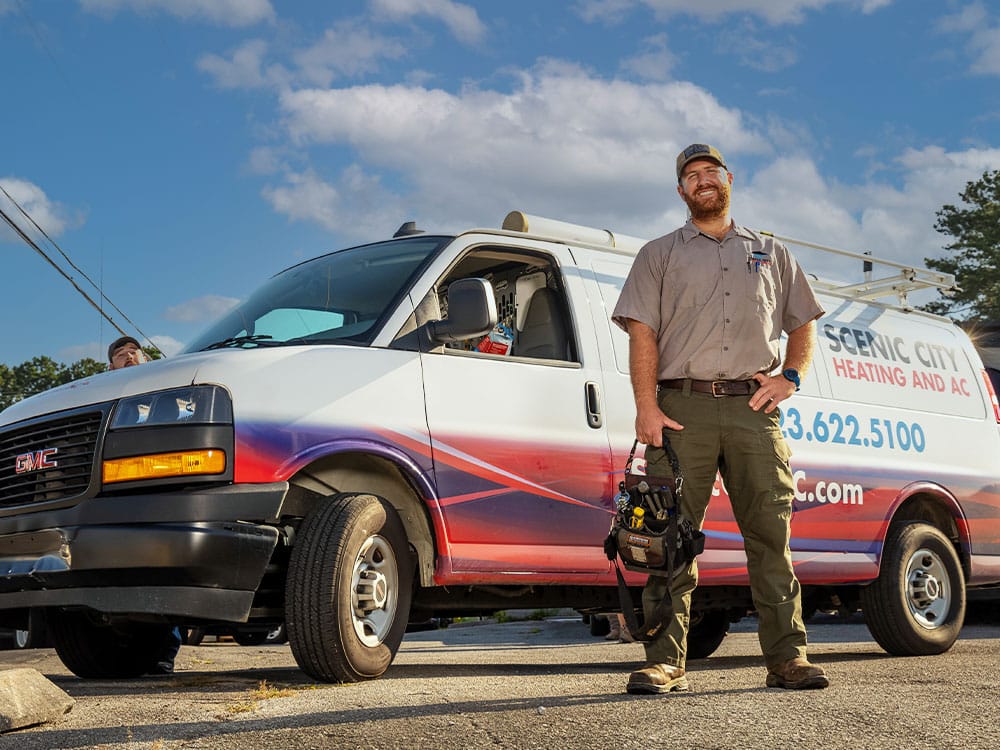Serving Everyone in Chattanooga, TN & Beyond
Chattanooga’s healthy mix of residential and commercial properties keeps the city thriving. That’s why we offer residential and commercial HVAC services, indoor air quality services, and general plumbing services throughout Hamilton County, TN, and even into Georgia. At home or at work, we make dependable AC and flowing drains our top priorities. We proudly service multi-family properties, hospitals, industrial sites, offices, retail storefronts, houses of worship, schools, and everything in between. Chattanooga has a sworn protector in Scenic City Heating and AC. Learn more about our commercial services or contact us today!

From Chattanooga to Lookout Mountain, We Have Your Back
With a commitment to quality, upfront pricing, and satisfaction guaranteed, the hardworking HVAC technicians and plumbers at Scenic City make it easier than ever to get excellent service at an affordable price. Contact us today and let us know how we can help.
